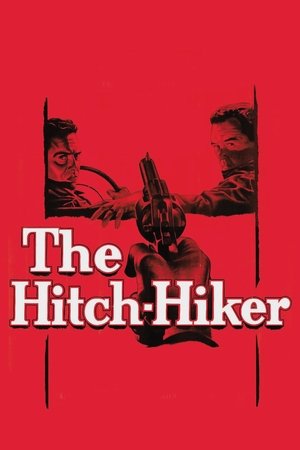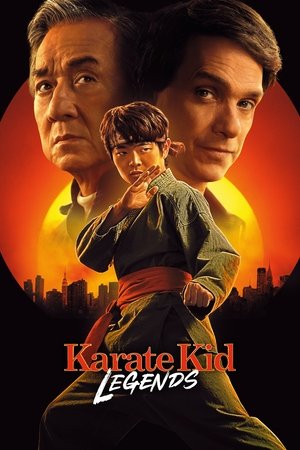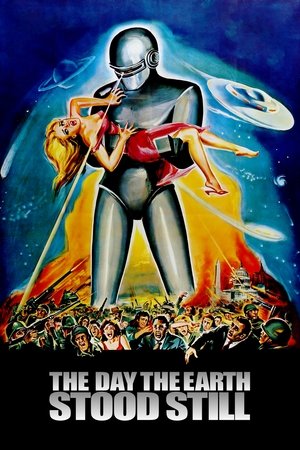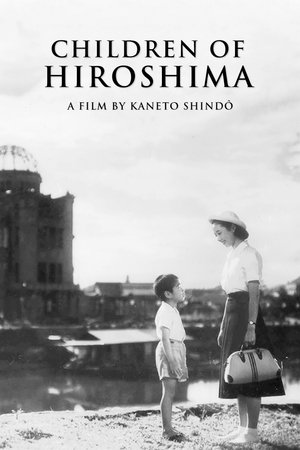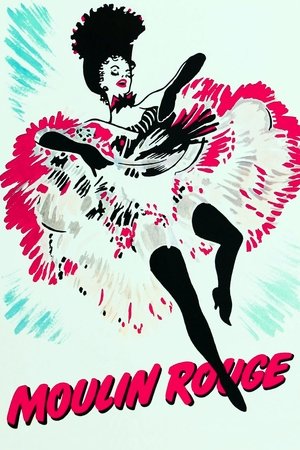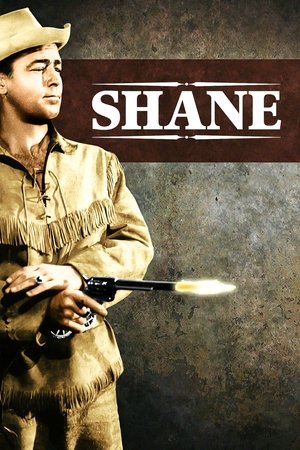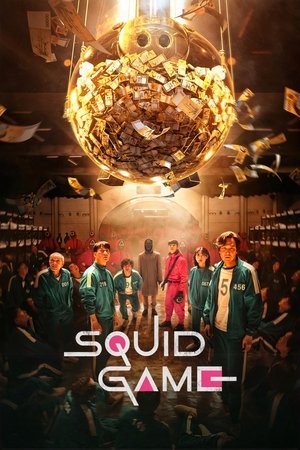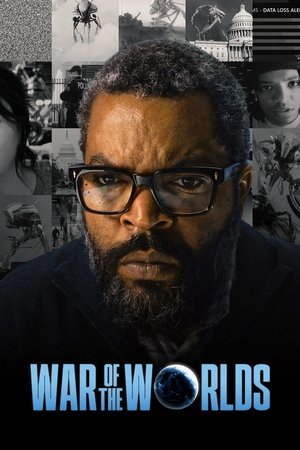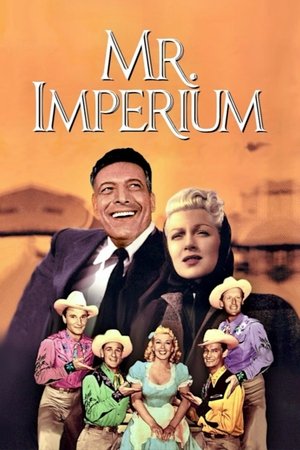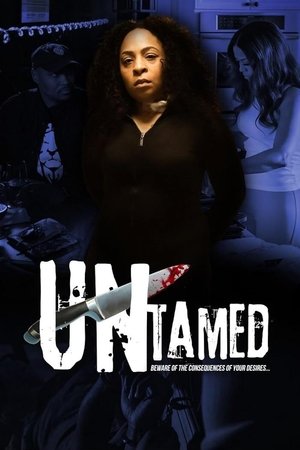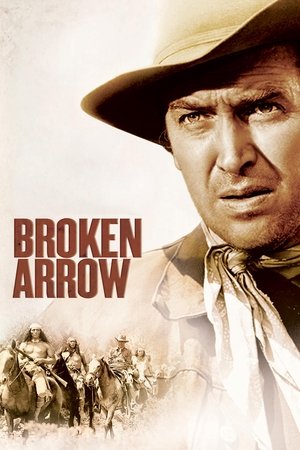The Hitch-Hiker (1953)

| Director | Ida Lupino |
| Cast | Al Ferrara, Clark Howat, Collier Young, Ed Hinton, Edmond O'Brien |
| Year | 1953 |
| Country | USA |
| Genres | Crime, Drama, Thriller |
| Duration | 71 min |
| Release | 30 Mar 1953 |
| Language | English |
| Revenue | N/A |
| Trailer | Watch Trailer |
Synopsis
Roy and Gilbert’s fishing trip takes a terrifying turn when the hitchhiker they pick up turns out to be a sociopath on the run from the law. He’s killed before, and he lets the two know that as soon as they’re no longer useful, he’ll kill again. The two friends plot an escape, but the hitchhiker’s peculiar physical affliction, an eye that never closes even when he sleeps, makes it impossible for them to tell when they can make a break for it.
Roy Collins and Gilbert Bowen were looking forward to a peaceful fishing trip, a reprieve from the hustle and bustle of daily life. Little did they know, their journey would transform into a nightmare when they picked up a hitchhiker, Emmett Myers, who was not just any traveller, but a notorious criminal on the run. The film, “The Hitch-Hiker” released in 1953, directed by Ida Lupino, masterfully unveils this suspenseful scenario.
Set against the desolate landscape of Baja California, “The Hitch-Hiker” is a classic thriller that keeps audiences on the edge of their seats. With a runtime of 71 minutes, it encapsulates fear and tension in every frame, earning it a respectable rating of 7.0 on IMDb. The movie’s narrative delves into the psychological terror faced by Roy and Gilbert as they realise the hitchhiker, who has already committed murder, won’t hesitate to kill again once they cease to be of use.
Portraying the harrowing experience of these two friends, the cast delivers compelling performances. Edmond O’Brien plays Roy Collins with an intense vulnerability, while Frank Lovejoy’s portrayal of Gilbert Bowen adds depth to the duo’s desperate plight. William Talman is chilling as Emmett Myers, the hitchhiker whose peculiar affliction—an eye that never closes, even during sleep—renders any escape attempt almost impossible for the two captives. This peculiar detail is not just unsettling; it serves as a metaphor for the ever-present threat looming over Roy and Gilbert.
Lupino’s direction is noteworthy for its ability to maintain a continuous thread of suspense throughout the film. Her attention to detail and understanding of human psychology elevate the film from a simple crime thriller to an exploration of fear and desperation. The stark, gritty cinematography underscores the isolation of the protagonists and the bleakness of their situation. The barren landscapes they travel through become a character in their own right, amplifying the film’s tension.
“The Hitch-Hiker” is noteworthy not only for its gripping storyline but also for its place in cinema history. Ida Lupino was one of the few female directors of her time, and her work in this genre is particularly significant. She brings a unique perspective to the male-dominated world of film noir, challenging traditional narratives and offering a fresh take on the genre. Her ability to create empathy for the characters, despite the absence of elaborate backstories, speaks volumes about her storytelling prowess.
As the plot unfolds, Roy and Gilbert’s attempts to escape are met with continuous setbacks. The ever-vigilant eye of Myers is an omnipresent reminder of the danger they face. Their desperation mounts as they realise that their lives hang by a thread, dependent on the whims of a madman. This element of unpredictability is what makes the film so captivating. Viewers are drawn into the story, hoping for a successful escape, yet fearing the worst with every passing scene.
The film’s climax is a masterclass in tension-building, leading to a resolution that is as satisfying as it is thought-provoking. The narrative not only explores the external struggle for survival but also delves into the internal battles faced by the characters. Themes of friendship, trust, and the fight for survival are intricately woven into the storyline, offering viewers more than just a suspenseful ride.
For those interested in classic films or the evolution of the thriller genre, “The Hitch-Hiker” is a must-watch. Its legacy is a testament to Ida Lupino’s talent and the film’s enduring appeal. More information about this fascinating piece of cinema can be found at The Hitch-Hiker (1953) which offers insights into its production and impact.
In conclusion, “The Hitch-Hiker” remains a poignant reminder of the power of cinema to evoke emotion, build suspense, and tell stories that resonate across generations. Its place in film history is well-deserved, making it a compelling watch for both film enthusiasts and newcomers to the genre.

